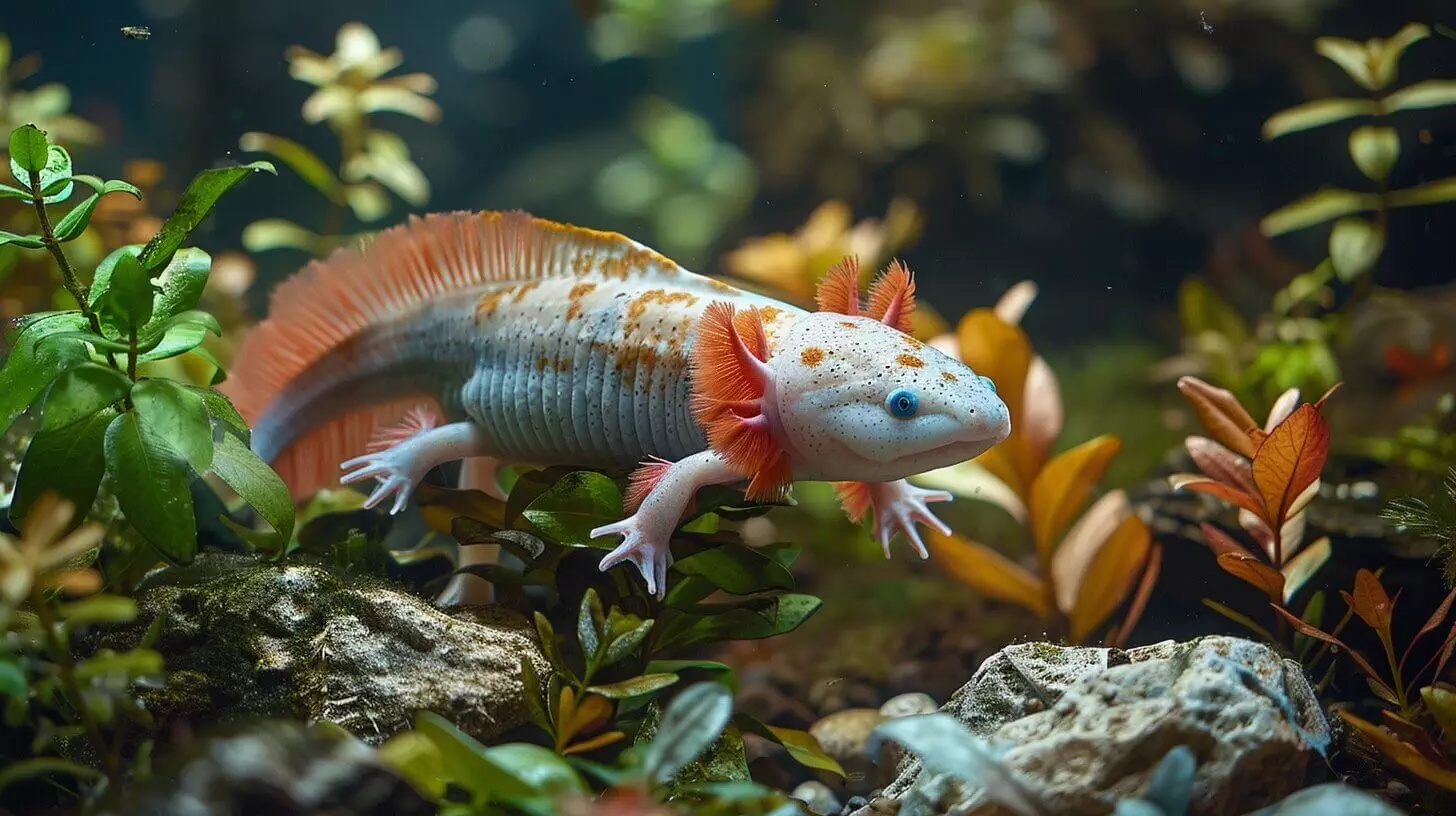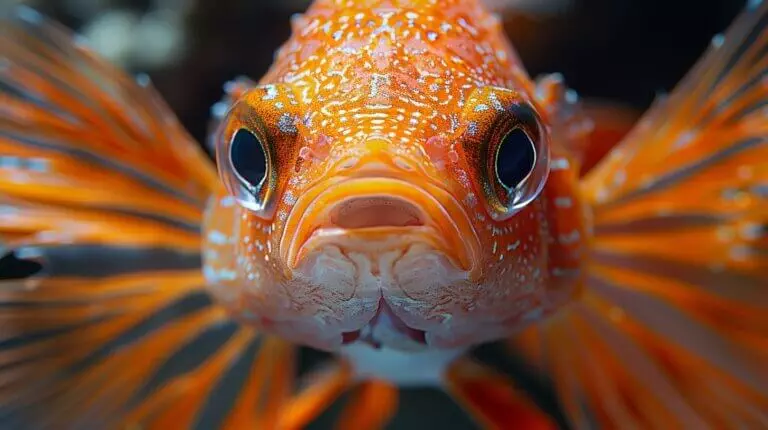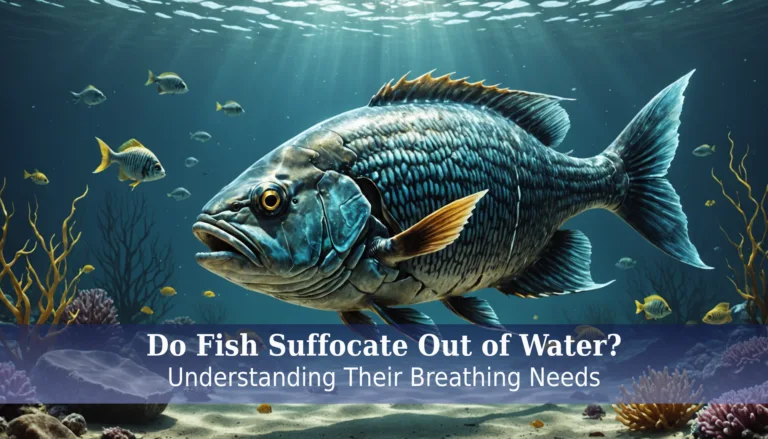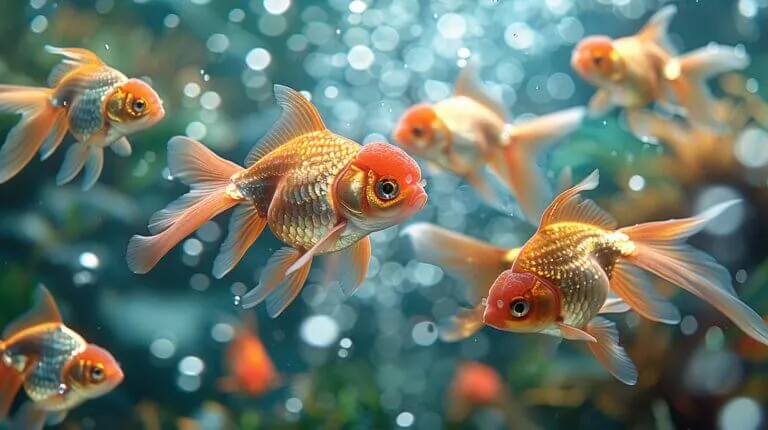Let’s explore whether we can truly handle axolotls without causing them harm. These unique creatures require specific care, and handling them improperly can lead to stress or injury. We need to grasp their characteristics and behavior to make sure they’re comfortable in our care. Axolotls have delicate skin and are sensitive to changes in water quality, temperature, and pH. They also have the ability to regenerate limbs, so handling them roughly could disrupt this process. It’s important to provide them with a suitable environment and only handle them when necessary for care purposes. In fact, some owners even pair them with black ghost fish tank buddies, as these two species can coexist peacefully in the same tank.
How do we determine if our axolotls enjoy being handled or if we’re inadvertently stressing them out? And what precautions should we take if we need to hold them? By addressing these questions, we can create a safe and nurturing environment for our aquatic friends. So, how can we best care for our axolotls?
Key Takeaways
- Handle axolotls minimally to avoid stress and potential harm.
- Always wash hands thoroughly before and after handling axolotls.
- Observe axolotls for signs of stress during handling, such as frantic movements or gill flaring.
- Ensure clean, ideal water conditions with regular testing and partial water changes.
- Feed axolotls a diet of live or frozen foods and remove any uneaten food promptly.
Understanding the Basics of Axolotls: Characteristics and Behavior
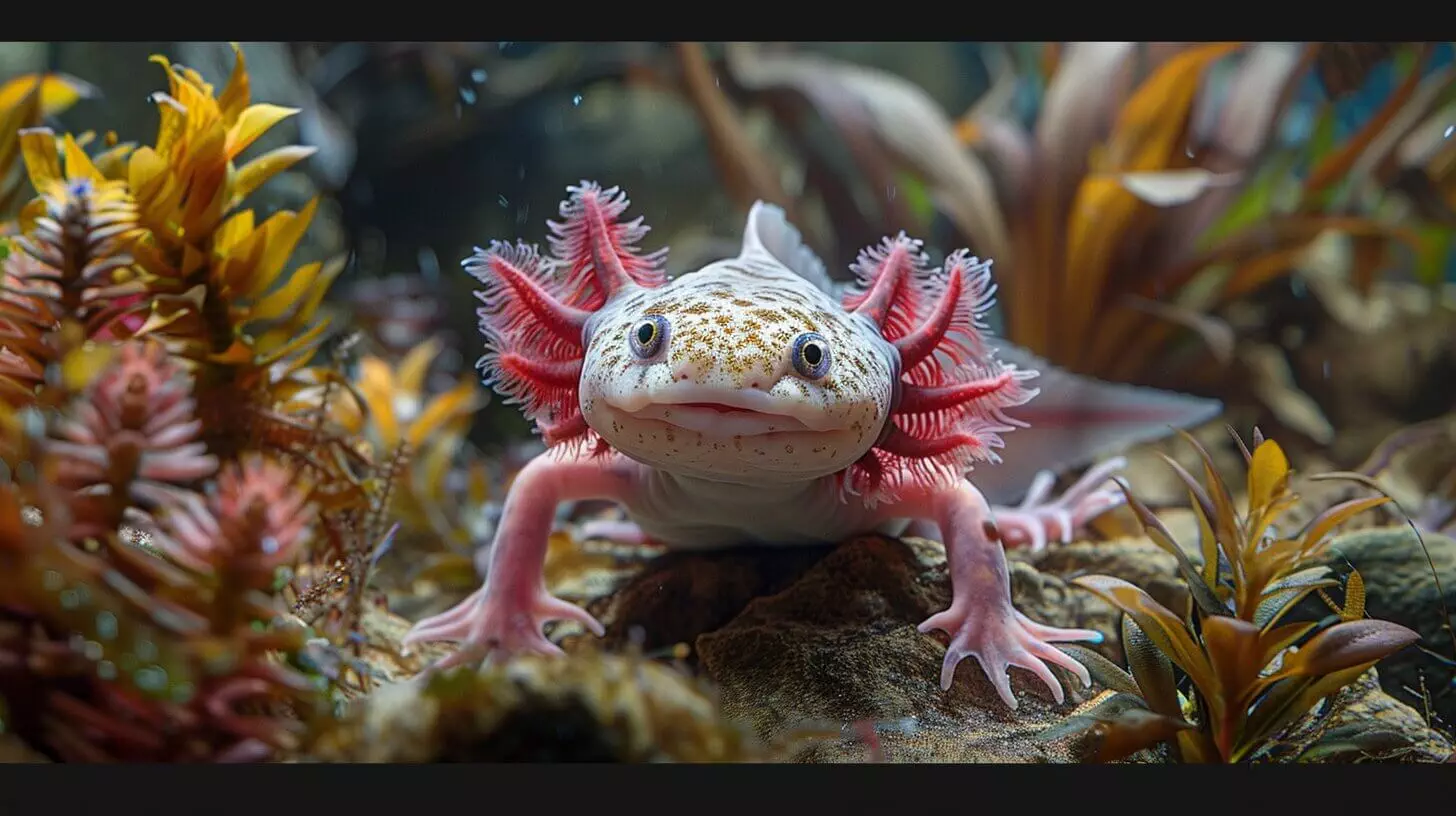
Axolotls are fascinating creatures that often defy common expectations about amphibians. Unlike most of their amphibian relatives, axolotls retain their larval features into adulthood. Their distinctive, feathery gills protrude from either side of their head, giving them an almost otherworldly appearance. They breathe underwater thanks to these external gills, a trait distinguishing them from frogs and salamanders.
Axolotls possess the remarkable ability to regenerate their legs, arms, and even parts of their spine. This regenerative power is a subject of scientific fascination and contributes to their resilience in their natural habitat. As for their behavior, axolotls are generally solitary and prefer staying at the bottom of their aquatic environment. They’re recognized for their calm demeanor and slow movements, which can be mesmerizing to observe.
Despite their peaceful nature, it’s a myth that they don’t require care or attention. Axolotls are sensitive to water quality and need a well-maintained environment to thrive. Keeping them safe involves regular checks and adjustments to their living conditions.
Can You Handle an Axolotl? Risks and Precautions
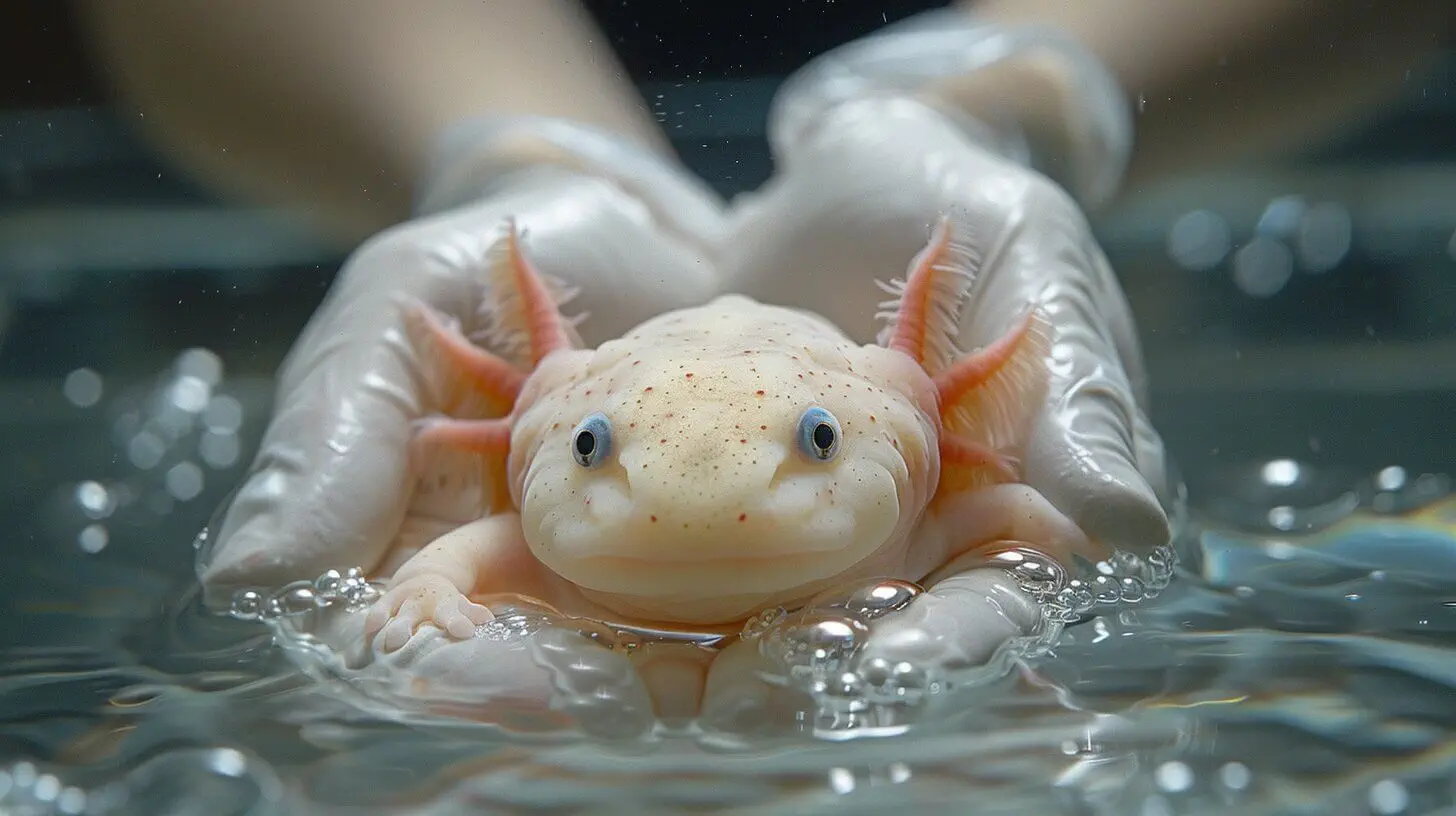
While it’s fascinating to observe their unique characteristics, we must take into account the risks and precautions of handling axolotls. These enchanting creatures are delicate and require specific care to guarantee their well-being. Handling them can pose several risks, both to the axolotl and to us.
- Risk of Taking Axolotls Out of Water Axolotls are aquatic animals, and taking them out of water can cause significant stress. Their skin needs to stay moist, and prolonged exposure to air can lead to dehydration and other health issues. To keep them safe, it’s vital to maintain their habitat’s humidity.
- Harm from Frequent Handling Frequent handling can damage their sensitive skin and gills. Axolotls have permeable skin that can easily absorb harmful substances from our hands, leading to infections or other health complications.
- Necessary Precautions When Handling If we must handle our axolotl, we should make sure our hands are clean and free of any contaminants. Using wet hands or a soft net can help minimize harm. Handling should be kept to a minimum and only when absolutely necessary, like during tank cleaning or health checks.
To Hold or Not to Hold: Do Axolotls Like Being Handled?
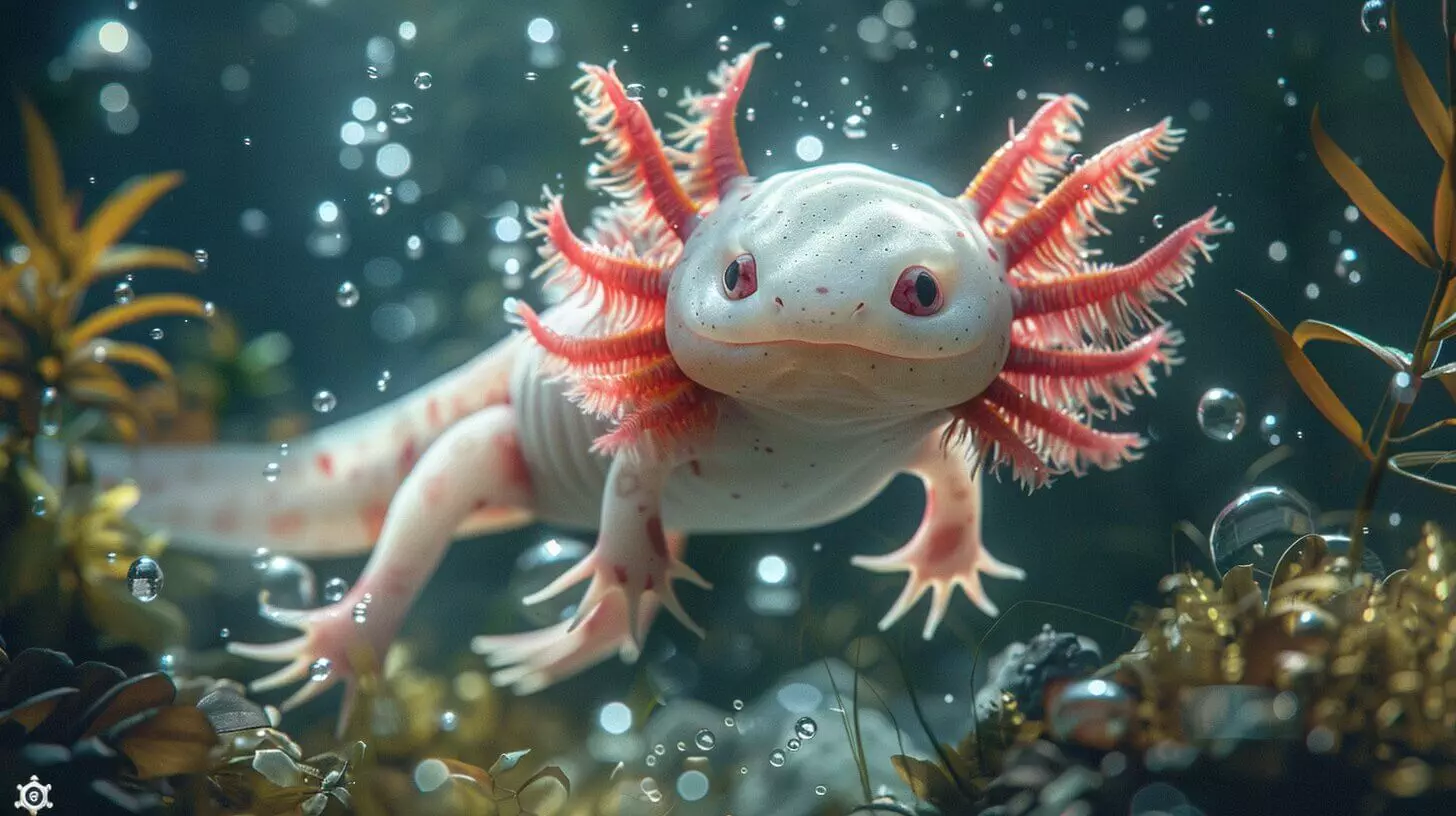
Understanding whether axolotls enjoy being handled requires us to observe their reactions and potential stress signs closely. Unfortunately, axolotls aren’t like dogs or cats that might seek out interaction. Instead, they’re delicate creatures who can easily become stressed.
When handling an axolotl, look for signs of stress. If they start to squirm excessively, their gills curl forward, or they try to escape our grasp, these are clear indications they’re not enjoying the experience. Stress in axolotls can lead to health issues, so it’s critical to minimize their handling to ensure their well-being.
Some axolotl enthusiasts argue that limited, gentle handling can help them get accustomed to our presence. While this could be true in some cases, it’s essential to remember that each axolotl is unique. Observing their behavior closely helps us decide if handling is appropriate.
What if an Axolotl Bites? Safety Measures and First Aid
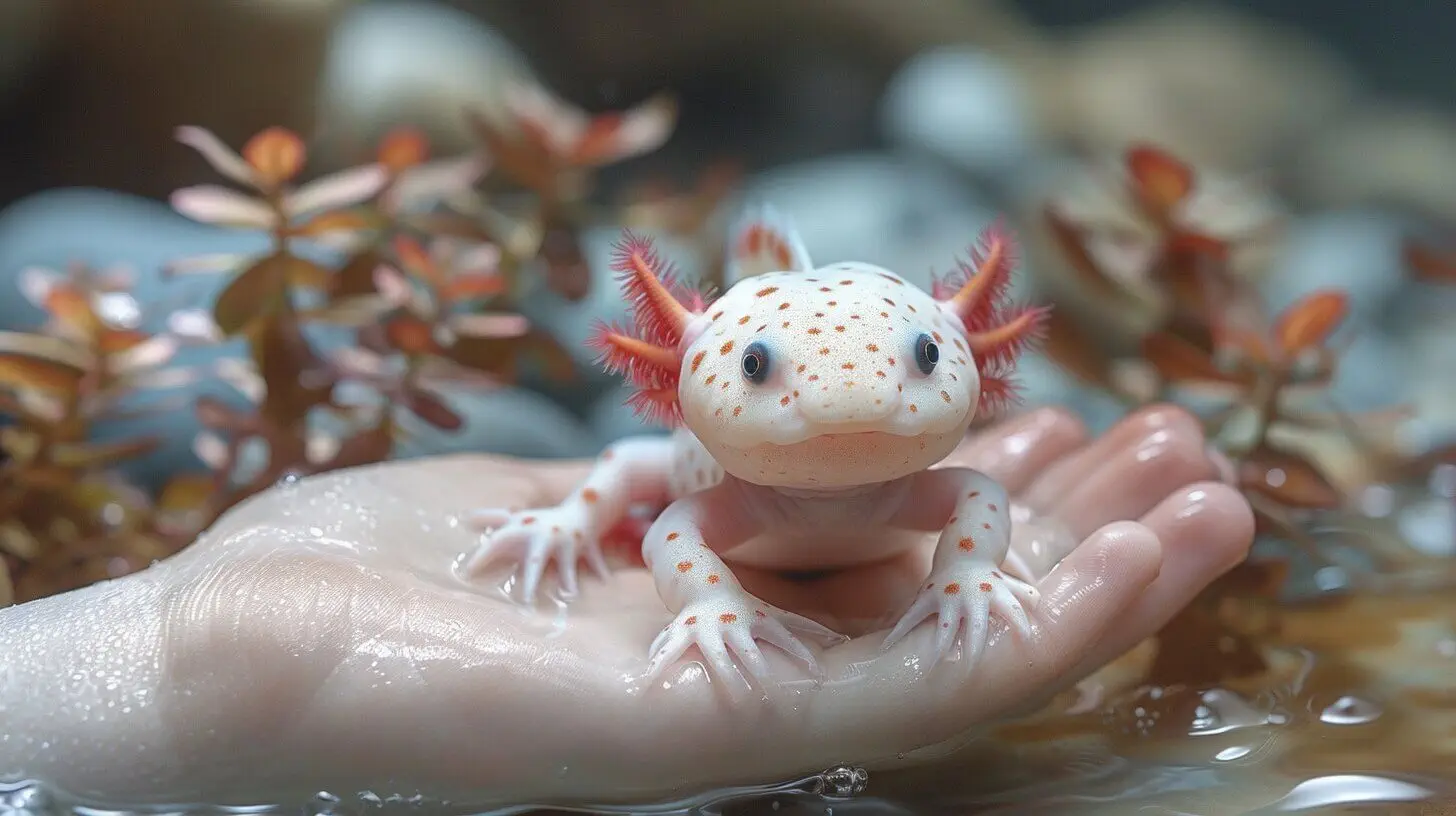
Given that handling axolotls can sometimes lead to unexpected outcomes, it’s crucial to know what to do if one bites. Though axolotl bites are generally not dangerous, understanding the risks and being prepared with the right safety measures can make all the difference.
First, let’s identify the key steps to handle an axolotl bite:
- Risk Assessment: Understand that axolotl bites are usually harmless. Their teeth are small and not designed to inflict serious damage. However, the bite could still cause a minor scratch or puncture.
- Safety Measures: To prevent bites, make sure your hands are clean and free of strong scents, as axolotls might mistake your fingers for food. Handle them gently and avoid sudden movements that could startle them.
- First Aid: If bitten, wash the area immediately with soap and water to prevent infection. Apply an antiseptic and cover with a clean bandage if necessary. It’s advisable to consult with a veterinarian if an axolotl bite breaks the skin.
Feeding and Care: How to Keep Your Axolotl Happy and Healthy

Caring for your axolotl involves providing the right diet and maintaining ideal water conditions. Axolotls thrive on a diet of live or frozen foods like bloodworms, brine shrimp, and small pieces of fish. It’s recommended to diversify their diet to ensure they receive all necessary nutrients. Feed them two to three times a week, and be sure to remove any uneaten food to keep the water clean. Veterinarians recommend this routine for adult axolotls.
Maintaining important water conditions is vital. Keep the water temperature between 60-64°F (16-18°C) and ensure the pH level stays neutral around 7.0. Regularly testing the water for ammonia, nitrites, and nitrates helps maintain a healthy environment for our axolotls. Use a good water filter and perform partial water changes weekly to prevent ammonia build-up and other issues.
Regular health checks are just as significant. Watch for signs of stress or illness, such as changes in appetite, unusual swimming patterns, or skin abnormalities. If you notice anything unusual, consult a vet familiar with amphibians.
Conclusion
In caring for axolotls, we must prioritize their comfort and health, and create a habitat that supports their need for clean water and allows them to interact safely with their environment. While handling them should be minimal, it’s important to do so gently and with clean hands if necessary.
Observing their reactions helps us gauge their stress levels. By creating a stress-free environment and following proper care guidelines, we can guarantee our axolotls remain happy and healthy.
Let’s commit to respecting their delicate nature for their well-being.
Frequently Asked Questions
How do I properly handle my axolotl?
When handling your axolotl, make sure to support its body properly and avoid touching its gills to keep them safe and prevent any potential stress. It’s best to hold them with one hand under their body and the other supporting their tail.
Can I take my axolotl out of the water?
While it’s possible to briefly take your axolotl out of the water for a short period of time, they should not be kept out of water for an extended period as they need to stay moist to breathe properly.
Are axolotls good pets?
Axolotls are unique and fascinating pets, but they require specific care and attention to thrive. It’s essential to provide them with a suitable environment and proper diet to ensure their well-being.
How do I keep my axolotl safe and stress-free?
To keep your axolotl safe and stress-free, make sure their tank is secure, well-maintained, and free from any potential sources of stress. Provide them with appropriate hiding spots and a peaceful environment.
What should I do if my axolotl shows signs of disease or infection?
If you notice any unusual behavior or signs of disease in your axolotl, it’s crucial to seek veterinary support as soon as possible. Axolotls are susceptible to bacterial infections and parasites, so prompt treatment is essential.

